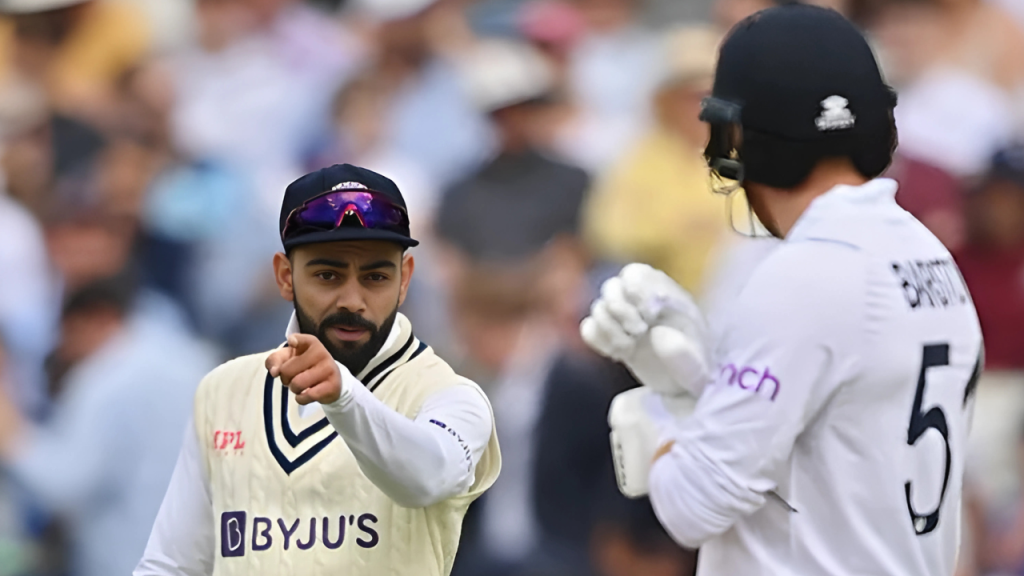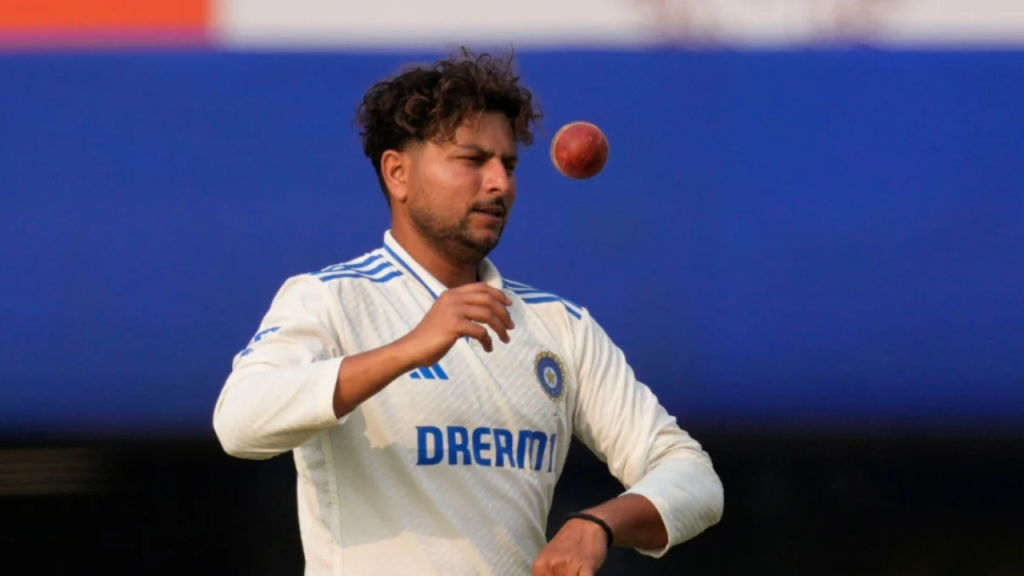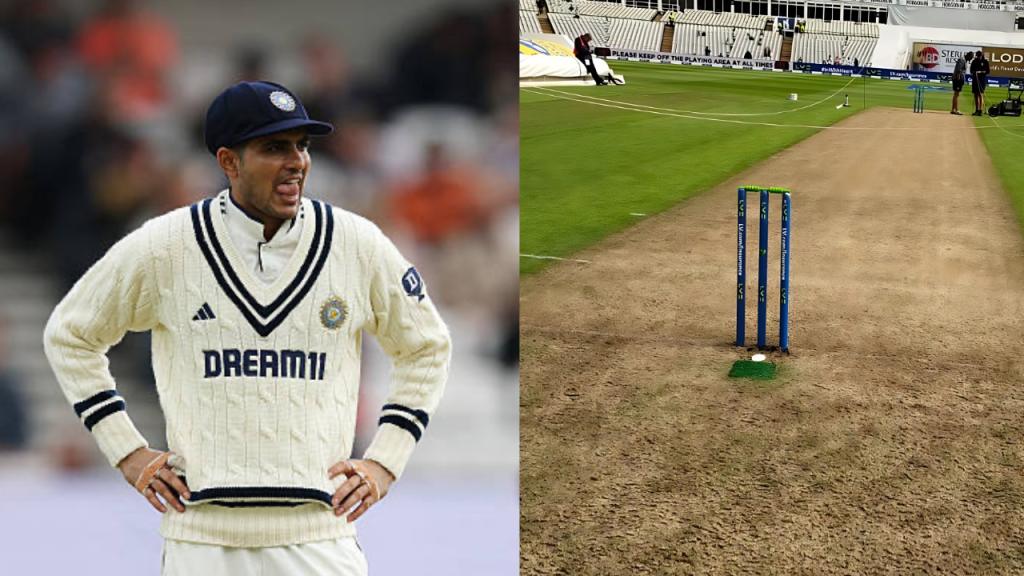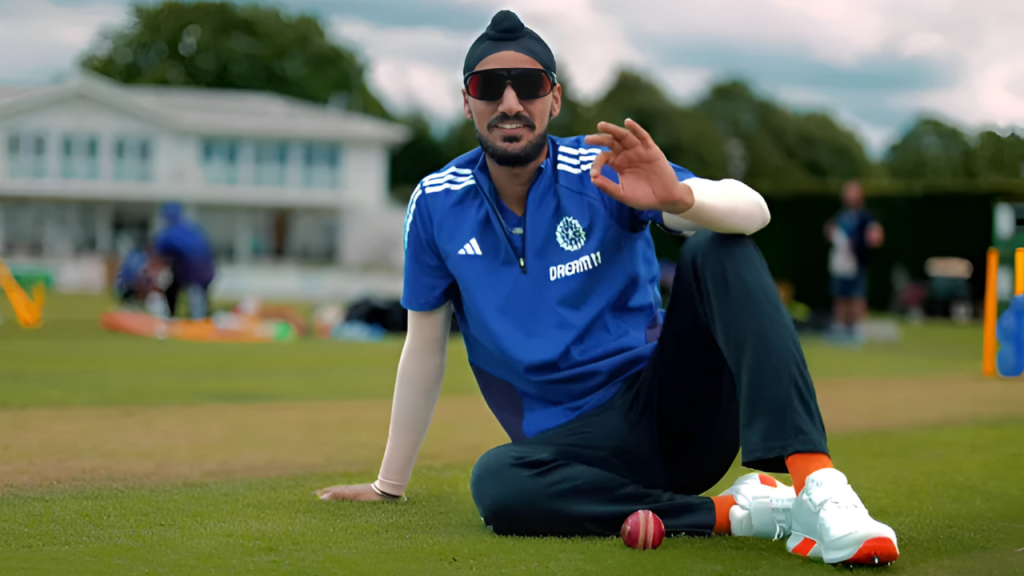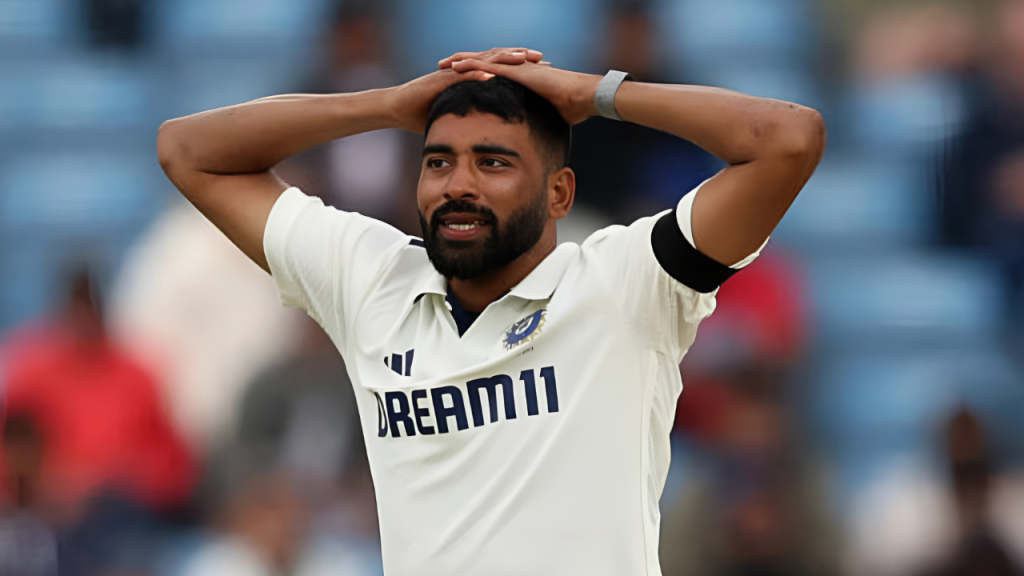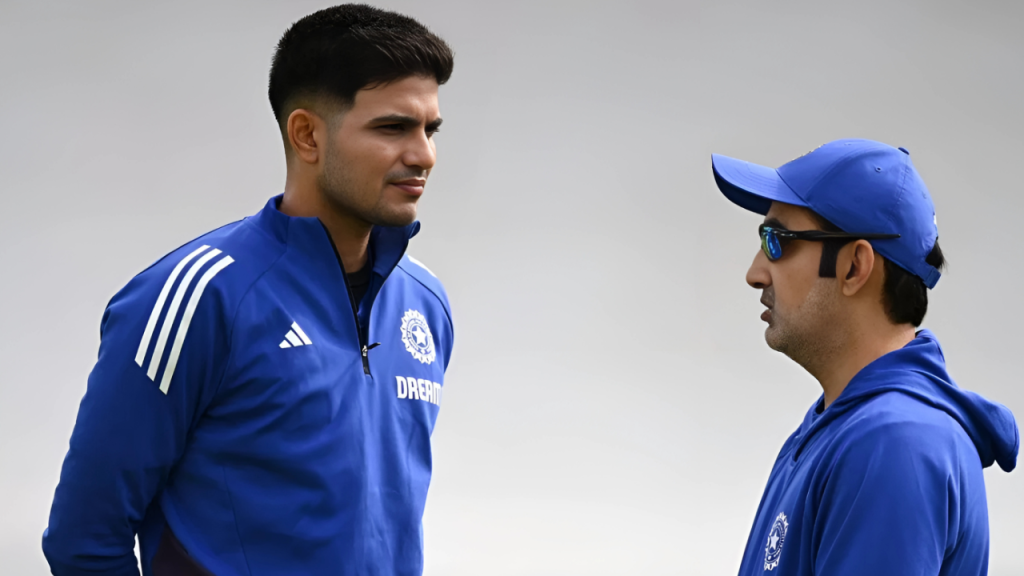In the cricketing pantheon of India, two names resonate with unparalleled acclaim in the sphere of captaincy – Mahendra Singh Dhoni and Rohit Sharma. Both have captained the Indian cricket team and led their respective IPL franchises to multiple victories, yet their approaches, strategies, and the eras they commanded were markedly distinct.
Early Beginnings and Leadership Styles
MS Dhoni, fondly called ‘Captain Cool’ for his unflappable demeanor, took the reins of the Indian cricket team in 2007. His leadership style was marked by calmness, tactical acumen, and an almost intuitive understanding of the game. Dhoni’s ability to think on his feet, make bold decisions in high-pressure scenarios, and his knack for finishing matches made him a revered leader. His tenure saw India win the inaugural T20 World Cup in 2007, the ODI World Cup in 2011, and the Champions Trophy in 2013.
Rohit Sharma, known for his aggressive batting style, assumed the captaincy of the Indian team in 2022, following a long stint as Mumbai Indians’ skipper in the IPL. His leadership style contrasts with Dhoni’s – more proactive, aggressive, and focused on setting the tone early in the match. Under Rohit, Mumbai Indians became a powerhouse in the IPL, clinching a record five titles, a testament to his strategic foresight and man-management skills.
IPL Leadership
In the IPL, both have been monumental. Dhoni’s Chennai Super Kings (CSK) and Rohit’s Mumbai Indians (MI) have been the most successful teams, each clinching the title five times. Dhoni’s ability to extract performances from players considered past their prime, combined with his strategic brilliance, made CSK a formidable side. Rohit, meanwhile, instilled a winning mentality in MI, transforming them from a relatively inconsistent team to serial winners, with a particular emphasis on aggressive play and momentum setting.
International Impact
Dhoni’s international captaincy record is staggering. His tenure was marked by a significant shift in how India played cricket, transitioning from a defensive mindset to a more aggressive approach, especially in the shorter formats. His captaincy statistics in ODIs and T20Is are among the best globally, reflecting his tactical nous and the trust he commanded from his team.
Rohit Sharma, though not having led India as long as Dhoni, brought a fresh perspective to the team. His captaincy in the T20 World Cup, where India reached the finals, showcased his ability to lead in the international arena. However, the results under his captaincy have been mixed, with India’s performance in Tests under Rohit still finding its rhythm.
Comparative Analysis
In terms of captaincy success metrics, both have their strengths. Dhoni’s record in ICC events is unparalleled, while Rohit has a better winning percentage in IPL, showcasing his prowess in the franchise cricket. Dhoni’s captaincy was more about harnessing the team’s potential under pressure, whereas Rohit’s leadership style focuses on building a solid team foundation and momentum from the onset.
